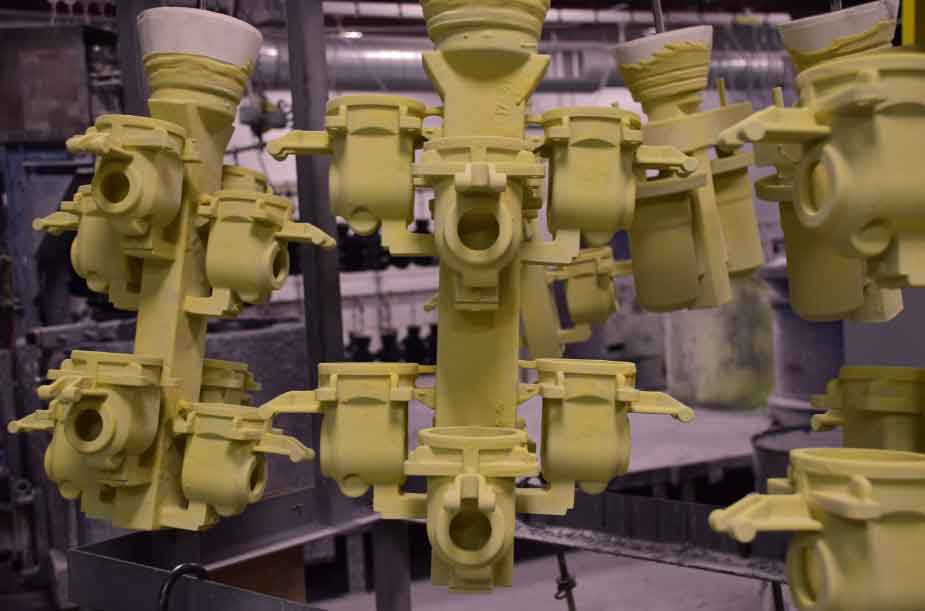
Investment casting, also known as lost-wax casting, plays a significant role in empowering innovation in the automotive industry. Here’s how investment casting contributes to innovation in automotive manufacturing:
1. Lightweight Component Design:
Investment casting allows for the production of lightweight automotive components with complex geometries. By using lightweight materials such as aluminum or magnesium alloys, investment casting enables designers to create intricate designs that reduce the overall weight of vehicles. This leads to improved fuel efficiency, better handling, and reduced emissions.
2. Structural Integrity:
Investment casting ensures the production of automotive components with high structural integrity. The process provides precise control over the material composition and internal grain structure, resulting in components that exhibit excellent strength and durability. This is essential for critical automotive parts, such as engine components, suspension components, and transmission parts.
3. Complex Shape Manufacturing:
Investment casting enables the production of automotive components with intricate shapes, thin walls, and internal features that are challenging to achieve using other manufacturing methods. This allows designers to incorporate innovative designs and optimize the functionality of automotive parts, leading to improved performance and enhanced aesthetics.
4. Integration of Multiple Components:
Investment casting allows for the integration of multiple components into a single casting, reducing the need for assembly and joining methods. By consolidating parts, it improves manufacturing efficiency, reduces assembly time, and minimizes potential points of failure. This integration also contributes to weight reduction and cost savings.
5. Customization and Optimization:
Investment casting provides flexibility in component design and customization. Engineers can tailor automotive components to specific performance requirements, optimizing factors such as aerodynamics, structural strength, and heat dissipation. The ability to customize components enables innovation and differentiation in the automotive industry.
6. Material Selection:
Investment casting supports a wide range of materials suitable for automotive applications, including various alloys, stainless steel, and high-temperature materials. This material versatility allows manufacturers to choose the most appropriate material based on factors such as strength, corrosion resistance, temperature resistance, and cost. Material selection is critical in achieving the desired performance and durability of automotive components.
7. Cost Efficiency:
Investment casting offers cost-effective solutions for producing complex automotive components. The near-net shape manufacturing process reduces material waste, machining requirements, and assembly time. This leads to cost savings in both material and production processes, making investment casting an attractive option for automotive manufacturers.
8. Quality Assurance and Reliability:
Investment casting undergoes stringent quality control measures, ensuring the production of high-quality and reliable automotive components. Non-destructive testing techniques, such as X-ray inspection and ultrasonic testing, are employed to detect any defects or inconsistencies in the castings. This quality assurance process ensures that automotive components meet or exceed industry standards for performance and safety.
Investment casting empowers innovation in the automotive industry by enabling lightweight design, complex shape manufacturing, customization, and cost-effective production of high-quality components. By utilizing investment casting technology, automotive manufacturers can push the boundaries of design, performance, and efficiency, leading to improved vehicles with enhanced functionality and sustainability.
